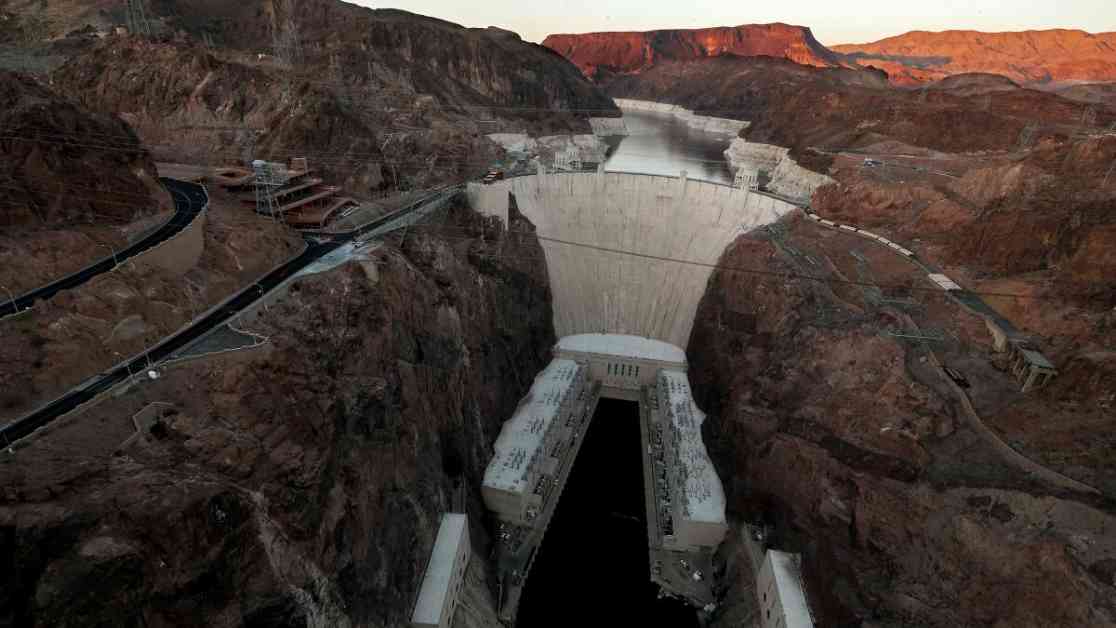The Biden administration has unveiled a series of potential solutions to address the ongoing water shortages and decreasing reservoir levels along the Colorado River, a crucial water source for seven Western states. This has been a pressing issue due to more than 20 years of drought and the impacts of climate change. The Interior Department has presented four alternatives for long-term rules that aim to manage potential shortages after 2026, when the current operating rules will expire. This move signals the administration’s commitment to finding a basin-wide agreement among California, six other states, and the region’s 30 Native tribes.
The federal review process initiated by the Biden administration will be carried forward by the incoming Trump administration. However, the primary challenge facing the region currently is the stark divisions among the seven states involved in negotiations. Disagreements persist regarding the criteria for water cutbacks triggers and how these reductions should be distributed. Lower basin states like California, Arizona, and Nevada find themselves at odds with upper basin states such as Colorado, Utah, Wyoming, and New Mexico.
The Colorado River serves as a vital water source for cities spanning from Denver to San Diego, tribal communities, and agricultural lands across the region. Unfortunately, the river has been over-allocated for years, and its reservoirs have significantly decreased since 2000. The average flow of the river has diminished by about 20% since 2000, with approximately half of this decline attributed to global warming fueled by the burning of fossil fuels and escalating greenhouse gas emissions. The situation is projected to worsen as temperatures continue to rise.
States reliant on the river have implemented various water-saving measures to prevent the reservoirs from reaching critically low levels. The Interior Department embarked on developing long-term operating guidelines to replace the expiring rules by December 2026. The agency has emphasized the need for an operational plan to be in effect by August 2026.
The Interior Department outlined four alternatives, including federal-focused approaches, cooperative conservation strategies, and a hybrid proposal combining state and tribal submissions. These options aim to define water allocations, guide river management, and prevent the need for temporary fixes to water usage and reservoir levels. The Biden administration has also provided funding for programs that incentivize farmers to reduce water usage temporarily.
California, the largest user of Colorado River water, cautiously responded to the proposed alternatives, citing the 1922 Colorado River Compact that governs water allocations among the states. The federal government’s announcement of these alternatives coincided with scheduled meetings between federal officials, state representatives, and tribal leaders to discuss potential solutions.
The federal government’s outlined options offer a platform for reaching a consensus path forward, according to White House national climate advisor Ali Zaidi. He emphasized the importance of securing a sustainable future for the Colorado River to ensure stability and sustainability for future generations. The upcoming annual conference of Colorado River water users in Las Vegas will provide an opportunity for water management officials, state representatives, and tribal leaders to engage in negotiations and discussions regarding the future of the river.



























